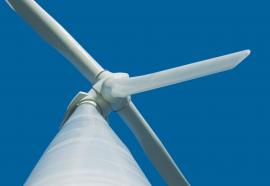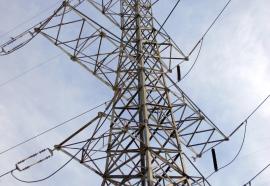Embracing Wind
Integrating renewables in New York.
New York has developed new market mechanisms intended to effectively incorporate large amounts of renewable energy in the future — up to six times the current levels of intermittent energy without impacting system reliability. New York ISO executive Rana Mukerji explains how the market will drive new investment in renewable energy in the state.







